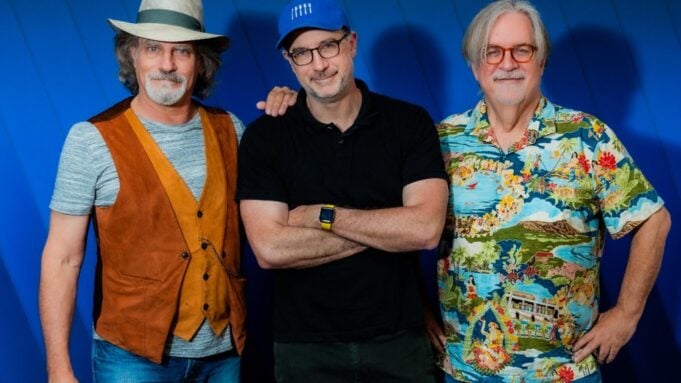Nearly four decades after a spiky-haired boy first declared, “Don’t have a cow, man,” “The Simpsons” remains one of television’s best-loved and influential institutions. At this year’s Annecy Animation Festival, the series’ incredible run, which will extend beyond 40 seasons after a recent re-order, was celebrated with some of its key figures in attendance.
“The fans are as intense as ever. In fact, more intense,” series creator Matt Groening told Variety during a sit-down interview at the French festival. “When we were here last, we got a pretty great response. But this time, it’s completely nuts.”
“We were here in 2008 and 2010, and it’s even bigger now,” agreed executive producer David Silverman. “It was really big back then, so it’s pretty amazing. But it’s great. The fans are really great.”
Showrunner Matt Selman, clearly amused by the attention, added, “When you walk around with David Silverman, he gets recognized. David is a celebrity here.”
That enthusiasm reflects a legacy few, if any, shows have achieved. Since its debut in 1989, “The Simpsons” has never taken a hiatus. It’s a production rhythm that Groening, Silverman and Selman have grown used to, but never take for granted.
“We’ve been on the air since 1989,” Groening explained. “The show goes year-round. The fact that we’re here in France to celebrate the show means we’re going to be a week behind.”
For decades, “The Simpsons” has enjoyed a level of cultural saturation around the world that initially surprised, and still does to a degree, the show’s bosses. “From my own experience, [the show’s early international popularity] was great, but we were working so hard we could barely pay attention to it,” said Silverman. “We were like, ‘Oh, that’s great, but we have a deadline.’ It took a few years before I could get my head above the drawing table to notice, ‘Oh my gosh, we’re having an effect.’”
Love Film & TV?
Get your daily dose of everything happening in music, film and TV in Australia and abroad.
With more than 750 episodes, a feature film, comics, parade balloons and innumerable catchphrases and memes embedded in the pop-culture lexicon, “The Simpsons’” staying power defies modern TV logic. Streaming has only amplified its impact. “Being on Disney+ has been somewhat rejuvenating for us,” Selman said. “Not that we realized we needed rejuvenation, but we appreciate it.”
Instead of catching a random rerun on broadcast TV or waiting for DVDs, fans can now dive into decades’ worth of content in one click. “Now instead of the kids watching it on local TV in the afternoon, they can just watch it all, all the time, all day, all forever,” Selman added. “We really have that super connection to young people.”
That connection with young people has always been there for the show, but it wasn’t always easy for young fans to watch. When “The Simpsons” first hit the air, it was prohibited in many homes by parents who were shocked at the show’s more mature elements and frequent cartoon violence.
“One of the best things that ever happened in the course of the show was that some people forbade the show,” Groening recalled. “It became this exotic, forbidden thing. Bart Simpson Underachiever T-shirts were once controversial and banned in schools. So when we did a Lisa Simpson Overachiever T-shirt, but we got in trouble for that because it said ‘Damn I’m Good.’”
Selman also pointed out that another advantage of being on Disney+ is that the platform occasionally allows for longer edits of episodes to stream after shorter versions have aired. It’s never anything that significantly changes an episode, but it does offer a small degree of greater freedom when formatting a story.
The latest three-series order of “The Simpsons” includes just 17 episodes per season, but that doesn’t mean the team will slow down. “We used to do 22 a year. For the next four [seasons], we’re doing 17 a year,” Selman explained. “Fifteen that will premiere in America on Fox, and then two exclusives on Disney+. It’s still a full-time job.”
“Work has a way of expanding to fill the time available,” Groening said. “But if you know that you have four seasons to think about, it changes how you approach storytelling.”
Groening, who is still heavily involved in Hulu’s “Futurama” reboot – another of his creations – joked about using his workload as a scheduling loophole. “The great thing about having more than one show to work on is I can tell the people at ‘Futurama’ I’m working on ‘The Simpsons,’ and the people at ‘The Simpsons’ that I’m working on ‘Futurama’.”
“The Simpsons” has lived through seismic shifts in distribution, merchandising and marketing, but one thing that has remained constant and helped the series survive such major changes is that its storytelling has never been explicitly limited to TV. The series has long transcended the screen through music, games and even lunchboxes. “It is storytelling,” said Groening. “Even merchandise—even a lunch box—we try to tell a little story, include a little joke.”
“We try to avoid what’s called in the biz a ‘label slap,’” he added. “We actually try to have jokes on everything.”
Silverman chimed in, “Even comment on what we’re doing, you know, like our characters being on a lunch box – it’s sort of making some observation about being on a lunch box.”
Selman acknowledged a delicate balance between commercialization and satire. “’The Simpsons’ was always sort of able to have its cake and eat it too, in terms of selling a lot of merchandise but also satirizing the phenomenon of over-merchandising. It was like, ‘Look, can you believe we’re doing this?’”
This self-awareness is nothing new. “Maybe the first or second episode of ‘The Simpsons,’ we showed Krusty Flakes on the kitchen table,” said Groening. “The slogan on the box was ‘Because only sugar has more sugar.’” The team later tried to develop a healthier real-world cereal, but, according to Groening, “There was not a single cereal company in America that would put it out.”
Selman believes it could be possible for “The Simpsons” to expand beyond the screen again, perhaps musically. “We should make our actors sing another album. Not from the show. Separate songs,” he said. “Like ‘The Simpsons Sing the Blues.’”
Even now, the creative team is focused on the future and on cultivating the next generation of artists. “Over the years we’ve had various outside animators do the so-called couch gag,” Groening said. “That’s been amazing.” He recently suggested to Selman that they explore even more animator collaborations, though the compressed runtimes of modern episodes often make those gags harder to fit.
“I wish we could do an original couch gag for every episode,” Selman said. “But money is a little tighter than it used to be… and you can’t cut a story short to add a couch gag,” he lamented, stressing that cutting even seconds off an episode can often cause a jarring tonal shift.
The editing process remains one of the show’s most painstaking challenges. “If a show is cut really tight and the jokes don’t breathe, the scenes seem too fast-paced,” Selman said. “None of it really seems as funny or as engaging.”
Groening added, “This is the kind of thing we agonize over.”
Even after decades on the air, the modern-day legends behind “The Simpsons” aren’t resting on legacy alone. They’re tweaking, adapting, evolving and always laughing.
From Variety US































